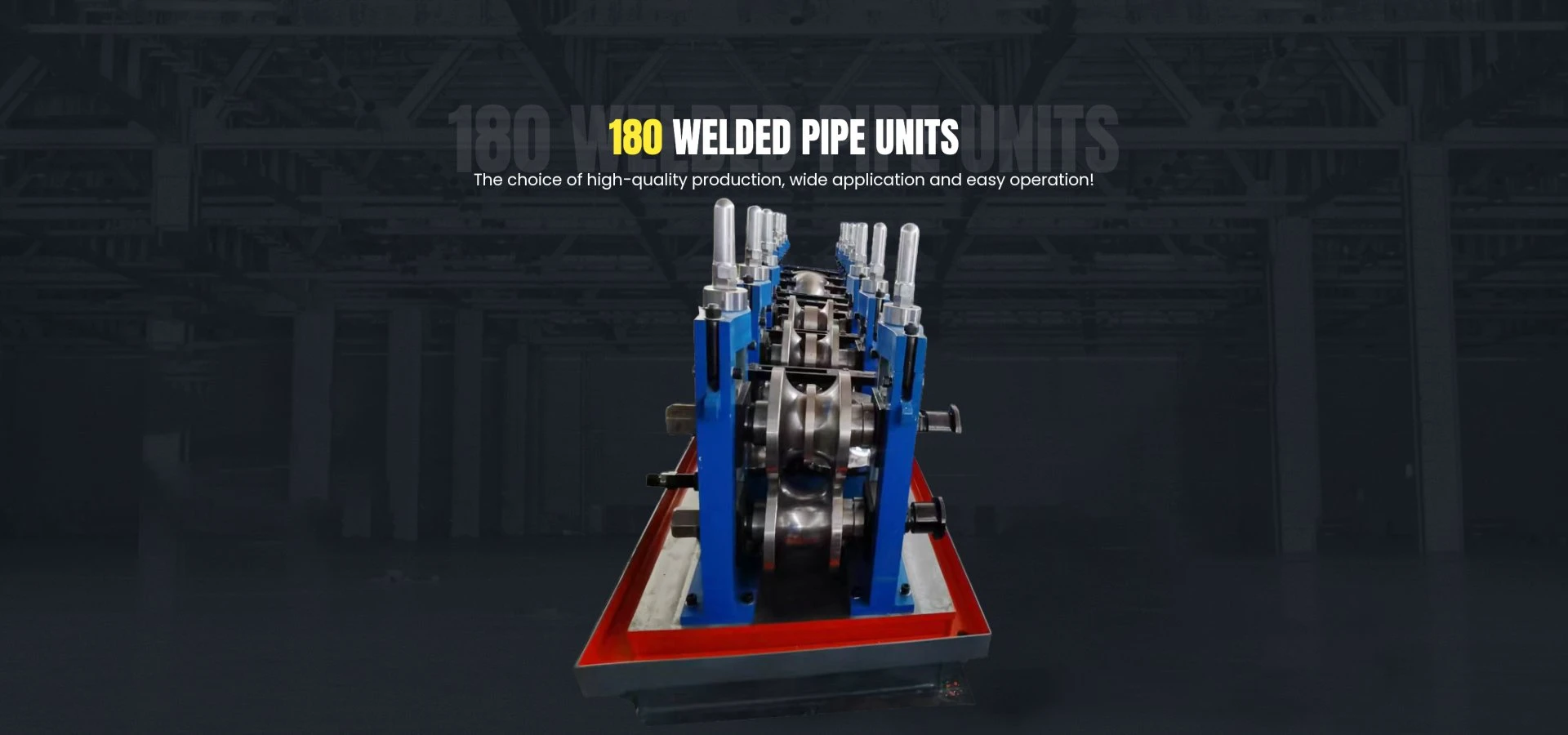Another significant benefit is the reduction of material waste. CNC roll forming machines optimize the use of raw materials by maximizing the number of profiles produced from a single sheet. This not only lowers costs but also contributes to more environmentally friendly manufacturing processes by minimizing excess waste. Furthermore, the precise nature of CNC controls ensures that dimensions are accurate, which significantly reduces the need for rework or scrap.

The roll forming process begins with unwinding a metal coil, which is then fed into the forming section of the machine. As the strip moves through the series of rollers, it undergoes deformation, gradually taking on the desired shape. Advanced roll forming machines may incorporate additional features, such as hydraulic systems for managing pressure and ensuring smooth operation. Once the profiling is complete, the formed strip is usually cut to length using automated shears, resulting in a finished product ready for shipment or further processing.
